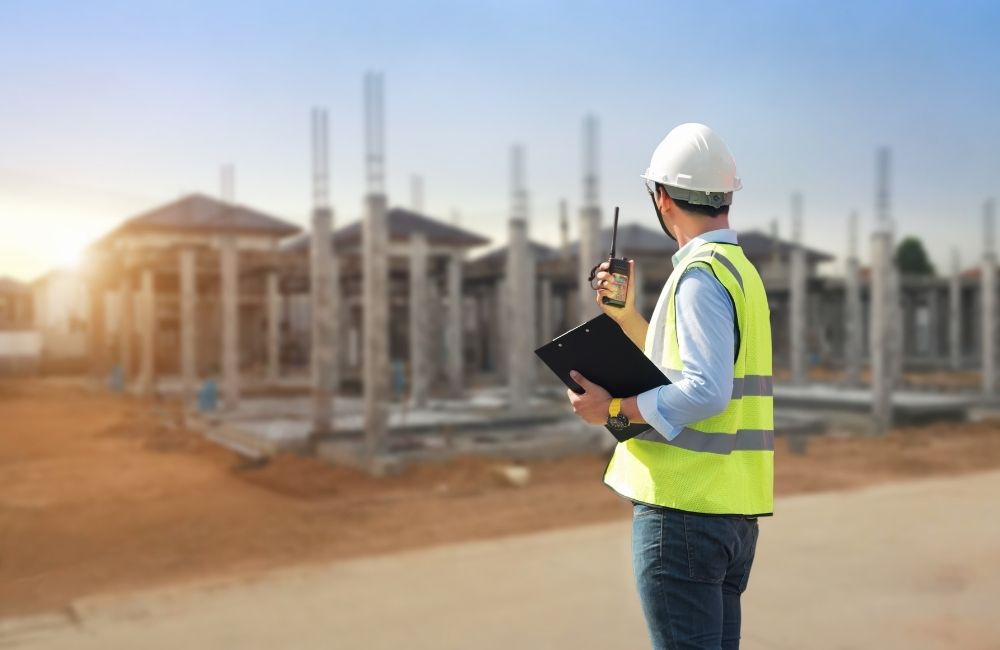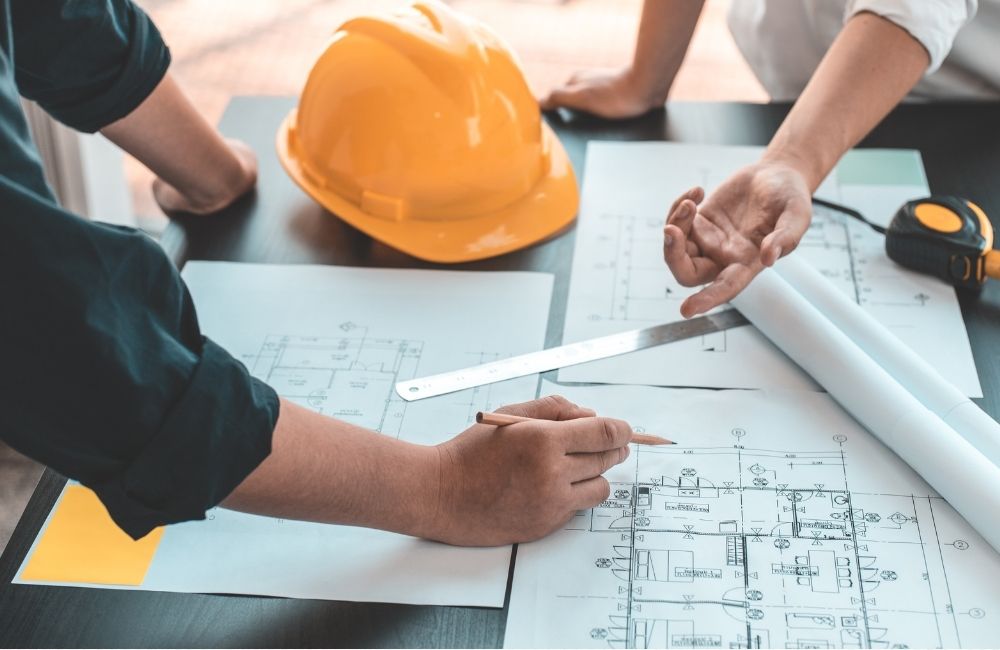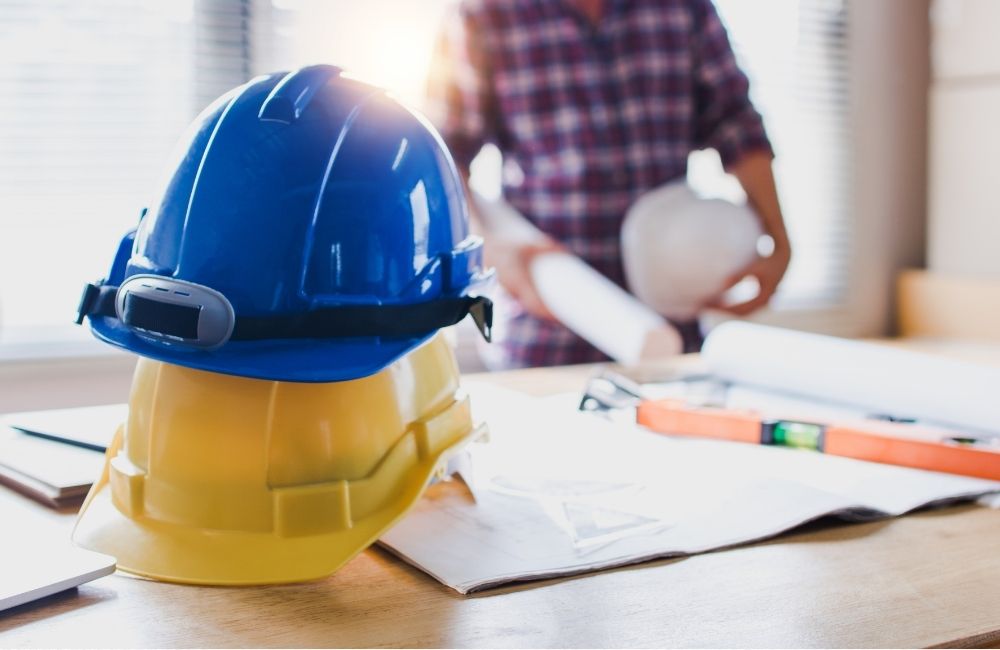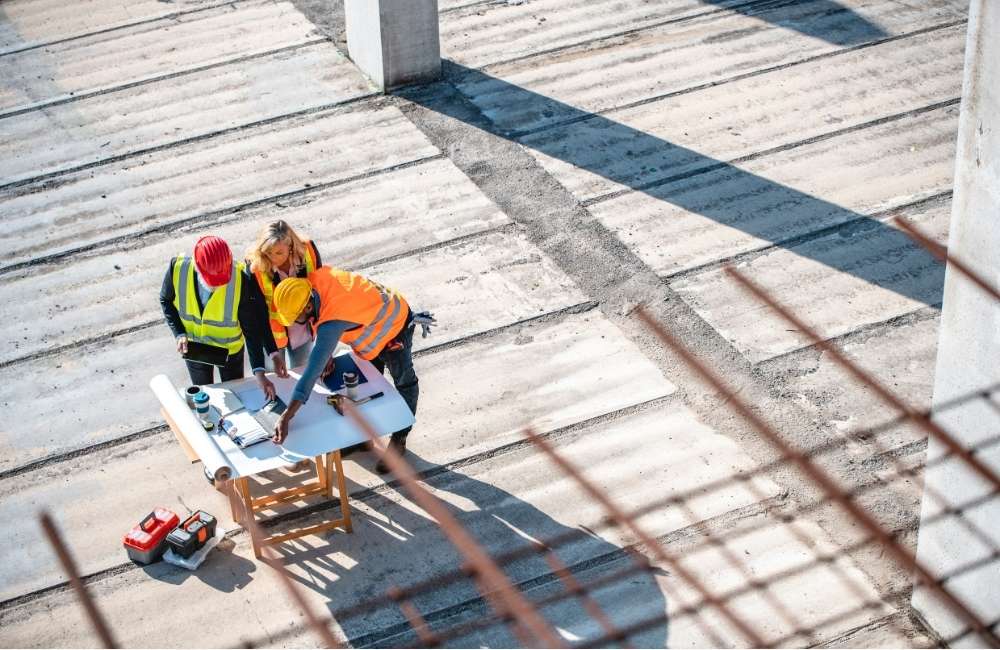Green building materials have become paramount with the growing awareness of environmental impacts. Here, we’ll explore the top 10 green building materials making waves in sustainable construction, offering eco-friendly and efficient solutions for modern building projects.
1. Bamboo

Bamboo is a standout choice for sustainable construction. It's one of Earth's fastest-growing plants, making it super renewable. Compared to timber, which takes six years to mature, bamboo only takes three to four years. Unlike trees, which can take decades to mature, bamboo can be harvested in just a few years, making it an excellent material for eco-friendly building. It's strong, durable, and has a natural look that many love.
In construction, bamboo is versatile. Here are five ways it's used:
- Flooring: Bamboo floors are popular because they're tough, good-looking, and come from a sustainable source.
- Framing: Builders use bamboo for framing small structures because it’s sturdy and lightweight.
- Paneling: Bamboo panels can be used for walls and ceilings, adding a natural touch to interiors.
- Furniture: Due to its strength, bamboo is often made into furniture, which is both sustainable and stylish.
- Outdoor structures: Bamboo is great for outdoor construction, such as decks, patios, and gazebos, because it can handle weather conditions well.
2. Recycled Steel
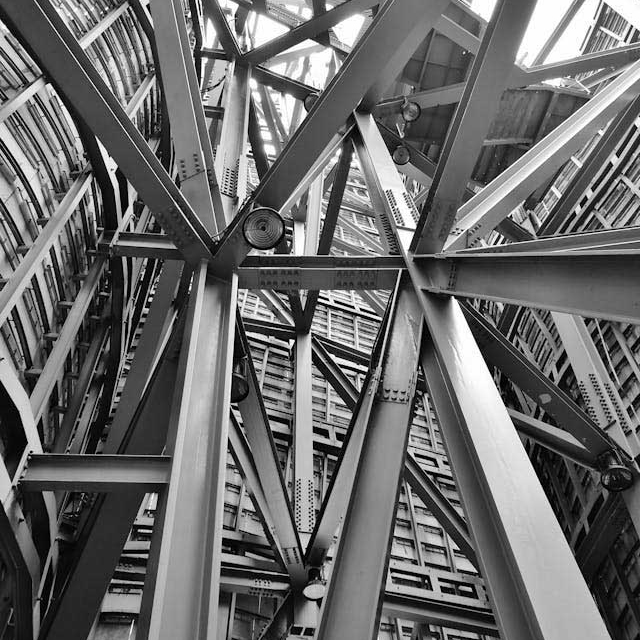
Recycled steel is key in sustainable construction because it reuses existing materials instead of mining new steel. This process saves energy and reduces waste, making it a smart environmental choice. Steel is strong and lasts long, so it's perfect for building sturdy structures. As a Butler Builder, we're part of a network that values sustainability and quality, providing customers with top design options and peace of mind. This gives contractors access to efficient building solutions and a trusted name in the industry.
Here’s how recycled steel is used in construction:
- Building frames: They provide a strong skeleton for office or commercial buildings.
- Reinforcements: In concrete constructions, recycled steel bars strengthen the structure, making it more durable.
- Roofing: Steel is used for roofing materials because it withstands weather elements well and lasts for years.
- Bridges: Recycled steel's strength and durability make it a good choice for building bridges that need to support heavy loads.
- Facades: Steel is also used in the outer coverings of buildings for a modern look and extra protection.
3. Cork

Cork is a fantastic material for sustainable construction. It's taken from the bark of cork oak trees, which means the tree keeps growing and the bark can be harvested again. This makes cork a renewable resource.
In construction, cork can be used in several ways:
- Flooring: Cork floors are soft underfoot, durable, and can reduce noise, making them a comfortable and quiet option.
- Insulation: Cork is used as an insulator on walls and ceilings to help control the temperature inside and reduce energy costs.
- Wall tiles: Cork tiles can be used on walls to add insulation and improve the room's acoustics.
- Underlayment: Beneath other flooring materials, cork provides extra insulation and soundproofing.
- Roofing sheets: Cork sheets can be used on roofs to add insulation and protect against the elements.
4. Reclaimed Wood
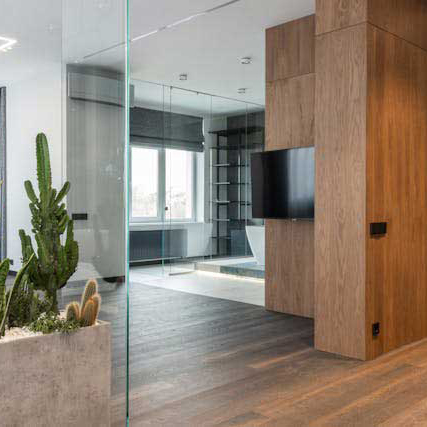
Reclaimed wood is a top pick for sustainable construction because it recycles old wood from buildings, bridges, and other structures, giving it a new life. On top of that, the reclaimed lumber market is anticipated to reach 36.77 billion by 2033, providing plenty of opportunities for contractors.
This process saves trees and reduces landfill waste. Reclaimed wood has history and character, adding a unique beauty to any building project.
Here are five ways reclaimed wood is used in construction:
- Flooring: It offers a distinctive look and history that new materials can't match.
- Beams and posts: Reclaimed wood provides structural support in buildings, adding strength and character.
- Furniture: It's often turned into beautiful, one-of-a-kind pieces like tables and shelves.
- Paneling and cladding: Used on walls and exteriors, it gives spaces a rustic or vintage feel.
- Decorative elements: Accent pieces made from reclaimed wood, such as mantels and frames, add a unique touch to interiors.
5. Insulating Concrete Forms (ICFs)
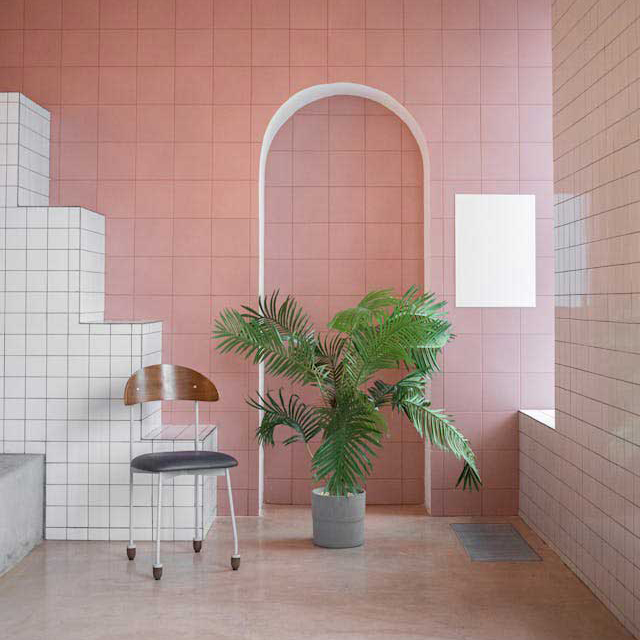
Insulating Concrete Forms (ICFs) are a great tool for sustainable construction. They are blocks or panels made from foam insulation and are filled with concrete. This method makes buildings strong and energy-efficient because it provides excellent insulation. ICFs help keep buildings warm in winter and cool in summer, reducing the need for heating and air conditioning.
Here’s how ICFs are used in construction:
- Foundations: They provide a solid, insulated base for buildings, keeping moisture out and reducing heat loss.
- Exterior walls: ICFs are used to construct strong, insulated outer walls that can withstand extreme weather and help reduce energy costs.
- Sound barriers: Their insulation properties make ICFs ideal for reducing noise, and perfect for commercial buildings near busy areas.
- Basements: They are great for basements because they prevent mold and water damage while insulating the space.
- Safe rooms and storm shelters: ICFs are strong enough to be used in building safe rooms or shelters that can protect against severe weather, such as tornadoes and hurricanes.
6. Straw Bales

Straw bales are an excellent choice for sustainable construction. They offer natural insulation and make buildings energy-efficient. Made from leftover stalks of grain crops, straw bales are a renewable resource that can be used to create cozy, eco-friendly buildings.
Here are five ways straw bales are used in construction:
- Wall insulation: Straw bales are often used to build thick, insulated walls that keep indoor temperatures stable and reduce the need for heating and cooling.
- Load-bearing structures: In some buildings, straw bales can support the roof's weight, reducing the need for additional framing.
- Sound insulation: The density of straw bales makes them great for soundproofing, creating quiet indoor environments.
- Garden walls: Straw bales can be used for outdoor walls or enclosures, providing an aesthetic and functional landscape element.
- Temporary structures: Because they are affordable and easy to assemble, straw bales are ideal for building temporary shelters or event spaces.
7. Rammed Earth

Rammed earth is a method of sustainable construction that involves compacting soil, often mixed with a small amount of cement, to create sturdy walls. This technique uses natural materials and has a low environmental impact, making it a great choice for eco-friendly building projects.
Here’s how rammed earth is used in construction:
- Exterior walls: Rammed earth provides excellent thermal mass, keeping buildings cool in summer and warm in winter, perfect for exterior walls.
- Interior walls: They can also be used for interior partitions, adding natural texture and color to indoor spaces.
- Benches and furniture: The material is versatile enough to create built-in furniture like benches, providing a unique and sustainable design element.
- Retaining walls: Rammed earth is strong and durable, ideal for outdoor retaining walls in landscapes and gardens.
- Fireplaces and features: Its thermal properties and aesthetic appeal make it suitable for constructing fireplaces and other architectural features.
8. Hempcrete
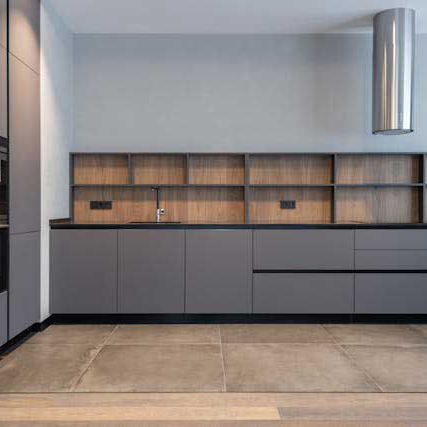
Hempcrete is an innovative material in sustainable construction. It's made from a mix of hemp fibers, water, and lime. It's lightweight, strong, and has great insulation properties, making it an excellent choice for eco-friendly buildings.
Here are five uses of hempcrete in construction:
- Insulation layers: Hempcrete is perfect for insulating walls, roofs, and floors, helping to regulate indoor temperatures and reduce energy costs.
- Wall infill: It can be used as a non-structural infill material for timber-framed buildings, providing stability and insulation.
- Flooring: Hempcrete can be applied as a subfloor material, offering a solid, insulated base for finished flooring.
- Roof insulation: Its lightweight nature makes hempcrete suitable for roof insulation, improving energy efficiency without adding excessive weight.
- Acoustic panels: Hempcrete's sound-absorbing qualities make it ideal for use in acoustic panels, reducing noise transmission and enhancing sound quality within buildings.
9. Recycled Plastic
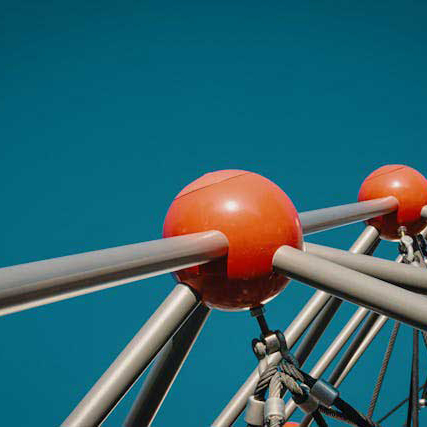
Recycled plastic is a game-changer in sustainable construction. It turns waste materials into valuable building components, reducing environmental pollution. This material is durable, resistant to decay, and can be used in various construction applications.
Here’s how recycled plastic is used in construction:
- Building blocks and bricks: Recycled plastic can be molded into blocks or bricks for constructing walls, offering a lightweight and durable alternative to traditional materials.
- Paneling and cladding: It is used for exterior wall cladding and paneling, providing weather-resistant and low-maintenance surfaces.
- Roofing tiles: Plastic roofing tiles are lightweight, long-lasting, and can mimic traditional materials like slate or clay.
- Outdoor furniture and decking: Recycled plastic is ideal for outdoor furniture and decking, as it withstands weather conditions without rotting or fading.
- Piping and drainage: Plastic pipes made from recycled materials are used extensively in plumbing and drainage systems, offering a sustainable solution to water management.
10. Green Roof
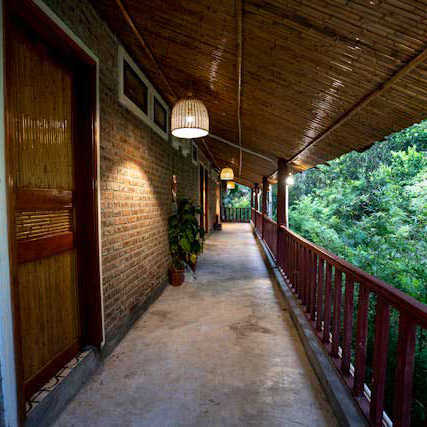
Green roofs are a fantastic feature in sustainable construction, helping buildings blend with nature. They involve growing rooftop plants, which can reduce heat absorption, improve air quality, and support local wildlife.
Here’s how green roofs are used in construction:
- Temperature regulation: The plants and soil on green roofs act as natural insulation, keeping buildings cooler in summer and warmer in winter.
- Stormwater management: They absorb rainwater, reducing runoff and decreasing the risk of flooding.
- Habitat creation: Green roofs provide habitats for birds, insects, and other wildlife, increasing biodiversity in urban areas.
- Aesthetic appeal: In addition to their environmental benefits, green roofs add beauty to buildings, making them more visually appealing.
- Recreational spaces: Green roofs on larger buildings can be designed as recreational areas, offering residents a green space to relax and enjoy.
Build Green with Claris Design•Build
As we look to the future, the importance of sustainable construction continues to grow. Claris Design•Build is the company to call if you're ready to start your next construction project with sustainability in mind. We specialize in commercial construction, combining innovative design with functional and sustainable practices. Contact us today to learn how we can help turn your green building aspirations into reality.



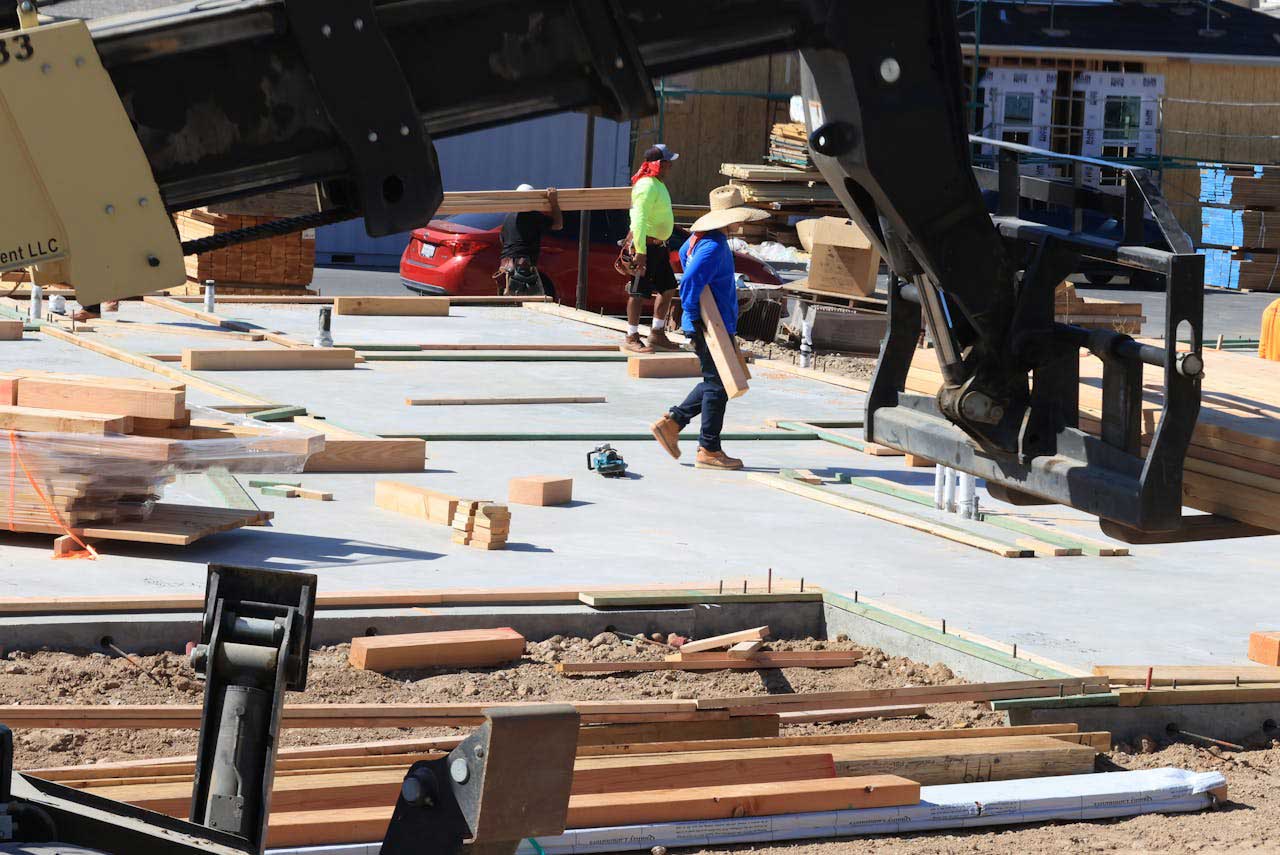
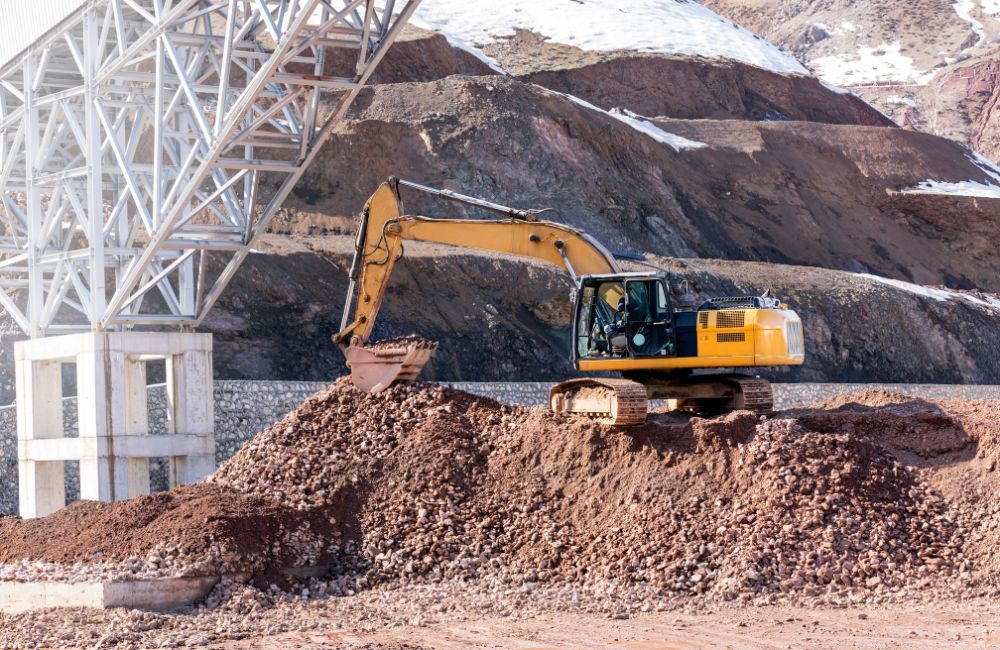
![[2025 UPDATE] Commercial Construction Cost per Square Foot in the US](https://www.clarisdesignbuild.com/wp-content/uploads/2025/04/2025-UPDATE-Commercial-Construction-Cost-per-Square-Foot-in-the-US-3.jpg)
